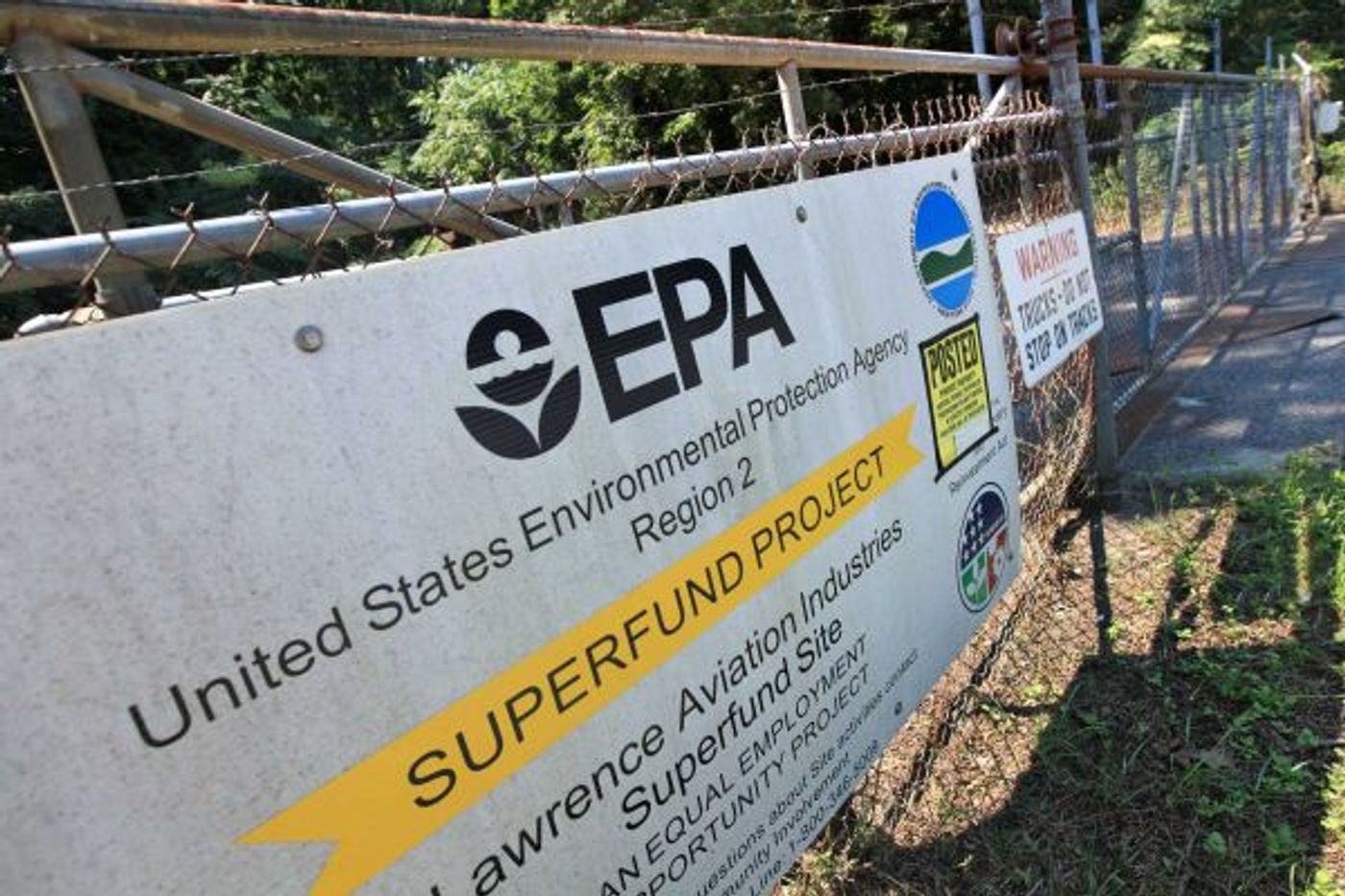This microbe helps trees decontaminate Superfund sites
A new study from a team of scientists at the University of Washington suggests that adding a probiotic to poplar trees can improve the trees’ ability to remove pollutants from contaminated Superfund sites. Many trees have the natural capacity to act as biofilters, a process called phytoremediation, but the addition of a microbial partner can help protect trees from the toxic effects of the pollutants and break down the toxins plants bring in from contaminated groundwater more efficiently, says the study which was published recently in the journal Environmental Science & Technology.
The study looked specifically at contaminated groundwater at a Superfund site that contained trichloroethylene (TCE), one of the most common pollutants in soil and water that comes from solvents and degreasers in industrial manufacturing. According to the EPA, TCE is present in more than 1,000 sites. The pollutant is carcinogenic to humans and can affect the liver and be transferred to babies through breast milk. The current engineering methods for cleaning up Superfund sites are expensive. Excavating or pumping out toxins requires the careful use of tools in order to ensure that the pollutants do not cause further contamination. Thus, the need for determining safer and more cost-effective decontamination methods is urgent.
Using the Middlefield-Ellis-Whisman Superfund research area in California's Silicon Valley as a case study, the researchers planted poplar trees with and without the specific microbe strain that they deemed most effective. "The poplars at the older site in the Midwest selected for the best microbes to help them do their job," said corresponding author Sharon Doty. "We took advantage of that natural selection process. We just had to find the best ones that the plant already chose."
One year later the results were clear: the trees given the microbe were bigger and healthier than the poplars without the probiotic. Three years down the line, the trees with the microbes continued to be healthier and they had reduced levels of TCE as when compared to the trees without the microbes.
The researchers also determined that groundwater samples downstream from the test site had reduced TCE levels as well, compared with higher levels up-gradient from the testing area, reports Science Daily.
The hope is that companies can begin to use this phytoremediation technique in real life. “The combination of native pollutant-degrading endophytic bacteria and fast-growing poplar tree systems offers a readily deployable, cost-effective approach for the degradation of TCE, and may help mitigate potential transfer up the food chain, volatilization to the atmosphere, as well as direct phytotoxic impacts to plants,” explains the study.
"This has the potential to make a huge impact on a lot of legacy sites where you have contaminated groundwater issues, including TCE, and where funding is currently less available," Freeman said. "This is definitely a big cost saving to everyone involved. It's a real win-win situation because it's green, it's long-term sustainable, publicly acceptable and it's solar powered by the trees themselves."
Sources: Science Daily, Environmental Science & Technology









